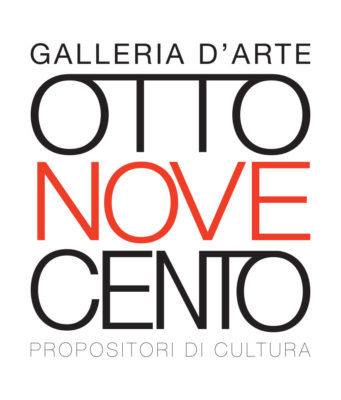Già citata da Plinio il Vecchio nella sua Naturalis Historia, l’Afrodite Cnidia è fin dalla sua origine nota per la sua bellezza. Prende il nome convenzionale dagli abitanti di Cnido che la commissionarono a Prassitele intorno al 360 a.C. come Afrodite Euplea, ossia una scultura votiva destinata alla protezione dei naviganti e pertanto posizionata nella cella del tempio antistante il mare.
La fama della scultura fu immensa da subito coadiuvata dalla circolazione delle monete coniate con la riproduzione della sua effigie. Già dal I secolo cominciano a circolare le copie romane, di cui la più affascinante e nota è quella convenzionalmente indicata come Afrodite Cnidia Colonna e conservata presso il museo Pio Clementino in Vaticano.
Nell’opera la dea, che si appresta a compiere il bagno, si spoglia delle vesti che lascia cadere su un’idria postale affianco, quando sorpresa dallo sguardo dello spettatore istintivamente compie il gesto di coprirsi sottraendo la propria intimità agli occhi indiscreti.
Per quest’opera Giorgio Tentolini tralascia l’erotismo esplicito che permea il tema del bagno per selezionare un dettaglio di elegante sensualità quale la curva del collo.
L’opera, eliminando dalla composizione le fattezze del corpo iconico e lo sguardo distaccato, pone un focus su un particolare di grandissima intimità, facendo emergere, quasi fossero disegnate dalla luce, le dolci fisionomie delle labbra, del mento, del collo e della clavicola, regalando allo spettatore l’illusione di un colloquio intimo e privato con una scultura nata per essere vista e adorata solo da lontano.
Already mentioned by Pliny the Elder in his Naturalis Historia, the Cnidian Aphrodite has been known for her beauty since its origin. It takes its conventional name from the inhabitants of Knidos who commissioned it from Praxiteles around 360 BC as Aphrodite Euplea, i.e. a votive sculpture intended for the protection of seafarers and therefore placed in the cell of the temple facing the sea.
The sculpture’s fame was immense immediately helped by the circulation of coins minted with the reproduction of her effigy. As early as the 1st century, Roman copies began to circulate, the most
fascinating and well-known of which is the one conventionally referred to as Aphrodite Cnidia Colonna and preserved in the Pio Clementino Museum in the Vatican.
In the work, the goddess, who is about to bathe, strips off her robes and lets them fall onto a postal hydria next to her, when surprised by the gaze of the spectator she instinctively makes the gesture of covering herself, removing her intimacy from prying eyes.
For this work, Giorgio Tentolini omits the explicit eroticism that permeates the bathing theme to select a detail of elegant sensuality such as the curve of the neck.
By eliminating the features of the iconic body and the detached gaze from the composition, the work focuses on a detail of great intimacy, bringing out, as if drawn by light, the gentle physiognomies of the lips, chin, neck and collarbone, giving the viewer the illusion of an intimate and private conversation with a sculpture born to be seen and adored only from afar.
